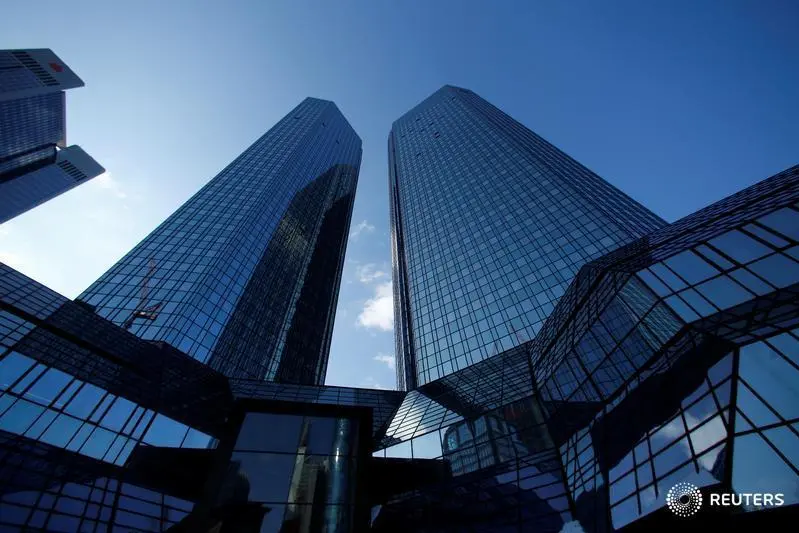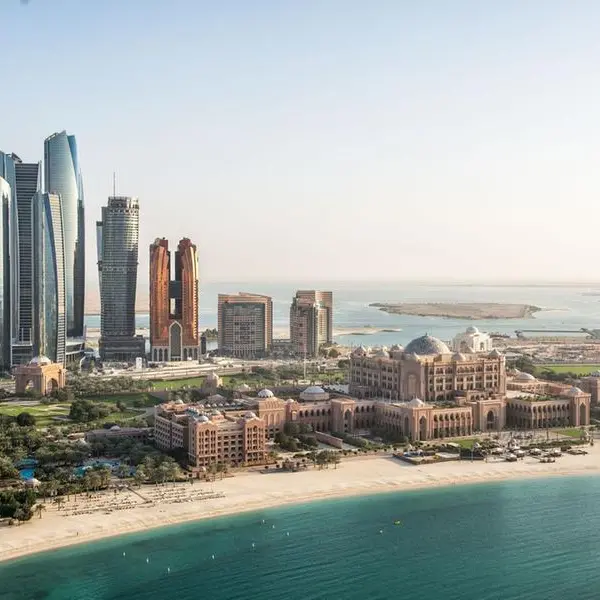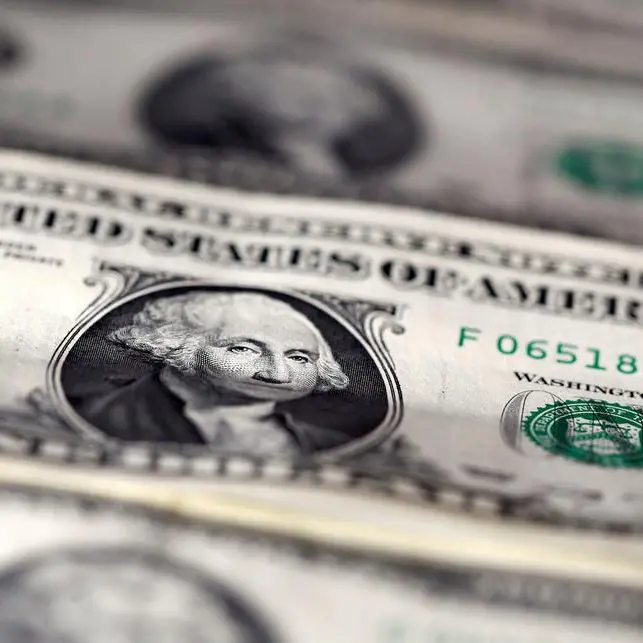PHOTO
Deutsche Bank said 2023 will be the third-worst year for global growth so far in this century, behind only the pandemic year in 2020 and the aftermath of the financial crisis in 2009.
The German bank's economists said in its 2023 outlook that the current bear market equity rally will continue for now, with the S&P 500 rising up to 4500 in the first half of 2023, before slumping as recession takes hold from mid-year.
They said the US will see a recession beginning in mid-2023 and while a stagflation looms in Eurozone as the continent grapples with an energy supply-induced recession and inflation averages at 7.5%. The gloom would also be felt in credit markets, where US high yield spreads should widen to 860 basis points by end-2023, and euro-denominated high yield spreads should reach 930 bps.
The end to the Fed's monetary tightening and the recession would make it a more positive year for treasuries, with the 10-year yield ending 2023 around its current levels at 3.65%. "Finally in FX, we see a reversal in the dollar’s upswing, with EUR/USD strongly moving back above 1.10, likely reaching 1.15 by late 2023," the economists said.
The bank sees China's growth outlook in 2023 and beyond depending on two factors, namely its handling of the Covid reopening and the future of its housing sector. The report said the Asian country's pivot towards a reopening may not be a straightforward process--rather a two-stage gradual reopening. In the first stage, the reopening would be very gradual and cautious with a rapid reopening likely to begin only in mid-Q2 2023. "Consistent with this reopening path, we think China's economic activity will remain subdued in the first half before bouncing back rapidly in the second half."
For India, it is forecasting real GDP growth to slow down to 6.0% YoY in 2023, from a likely 7.0% YoY outturn in 2022 due to three factors: lagged impact of ongoing monetary policy tightening, intensification of global growth slowdown and fading away of domestic pent-up demand.
For oil, Deutsche Bank said that supply disruptions could temporarily lift Brent crude prices to $100 in the first quarter of next year, before declining to $80 by year-end where it will be supported by capacity constraint and inflation in the oil services sector. Investors demanding more sustainable industry returns could also put a limit on capex.
(Writing by Brinda Darasha; editing by Seban Scaria)




















